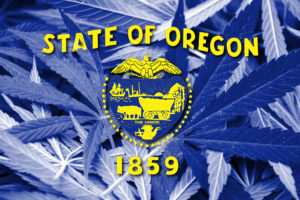Since the Marijuana Regulation and Taxation Act (MRTA) was passed back in April of 2021, New York has made clear that mitigating environmental impact, including energy usage, would be a key component of New York’s adult-use cannabis industry. To wit, the legislators expressly included applicants’ “ability to mitigate adverse environmental impacts, including but not limited to water usage, energy usage and carbon emissions” as part of the Cannabis Control Board’s (CCB) selection criteria. Well, the CCB followed through with that mandate by requiring licensees to provide an Energy and Environmental Plan as part of applications.
The composition of an Energy and Environmental Plan
So what goes into an “Energy and Environmental Plan”? A LOT of things. The CCB included 12 separate and distinct requirements for each plan, “in a form and manner as required by [the Office of Cannabis Management.]” Here are the categories of required information:
- actions to reduce usage of single-use plastics
- actions to minimize the use and disposal of chemicals that are considered hazardous waste
- actions that will be taken to use compost or other recycles organics as a component of growing media
- areas to reduce the applicant’s carbon footprint
- the submission of an annual energy report that includes energy benchmarking as required by the Office of Cannabis Management (OCM)
- all planned lighting and the energy impact of the planned lighting to meet all standards set by the OCM
- environmental control and odor mitigation plans that meet all standards set by the OCM
- a plan for reducing greenhouse gas emissions and reliance on fossil fuels
- ecological regeneration practices
- water conservation and use
- waste management, recycling and disposal
- the applicant’s strategy to measure, track and record performance and execution of the provided energy and environmental plan
We note that these are only the categories; the current version of the rules and regulations provides several baselines standards, including (but not limited to) standards for lighting, reducing carbon footprint, and water conservation and use.
Energy and Environmental Plans are not just for production licensees
One interesting thing to note is that the energy and environmental plan requirement is not limited to the production side licenses, although some of the requirements are limited to specific cultivation tiers. With that said, for anyone interested in applying for a production side license, we expect the energy and environmental plan to be an important consideration as part of evaluating applicants and, accordingly, it makes sense to read through the requirements closely.
We also would not be surprised if the potentially forthcoming revisions to the adult-use rules and regulations tweak the energy and environmental plan requirements. Stay tuned!
























